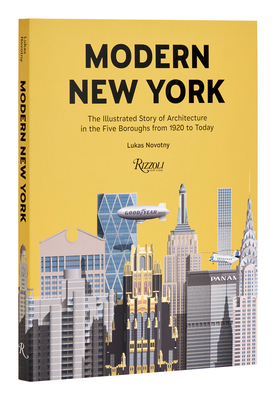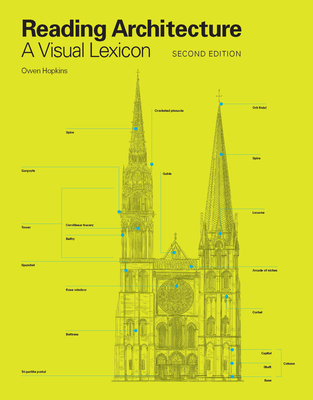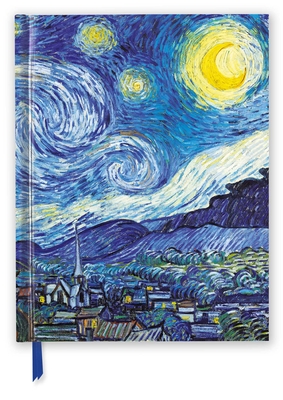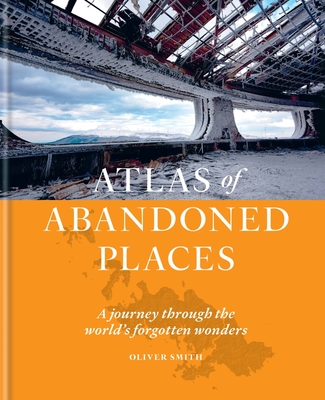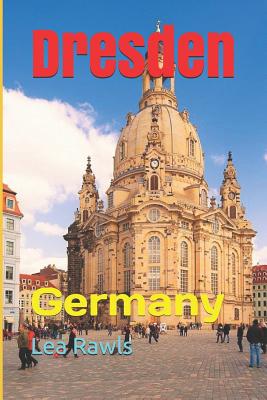
Dresden: Germany (Photo Book #252)
Description
Dresden is the capital city and, after Leipzig, the second-largest city of the Free State of Saxony in Germany. It is situated in a valley on the River Elbe, near the border with the Czech Republic.Dresden has a long history as the capital and royal residence for the Electors and Kings of Saxony, who for centuries furnished the city with cultural and artistic splendor, and was once by personal union the family seat of Polish monarchs. The city was known as the Jewel Box, because of its baroque and rococo city center. The controversial American and British bombing of Dresden in World War II towards the end of the war killed approximately 25,000 people, many of whom were civilians, and destroyed the entire city centre. After the war restoration work has helped to reconstruct parts of the historic inner city, including the Katholische Hofkirche, the Zwinger and the famous Semper Oper.Since German reunification in 1990 Dresden is again a cultural, educational and political centre of Germany and Europe. The Dresden University of Technology is one of the 10 largest universities in Germany and part of the German Universities Excellence Initiative. The economy of Dresden and its agglomeration is one of the most dynamic in Germany and ranks first in Saxony. It is dominated by high-tech branches, often called "Silicon Saxony". The city is also one of the most visited in Germany with 4.3 million overnight stays per year. The royal buildings are among the most impressive buildings in Europe. Main sights are also the nearby National Park of Saxon Switzerland, the Ore Mountains and the countryside around Elbe Valley and Moritzburg Castle. The most prominent building in the city of Dresden is the Frauenkirche. Built in the 18th century, the church was destroyed during World War II. The remaining ruins were left for 50 years as a war memorial, before being rebuilt between 1994 and 2005.According to the Hamburgische Weltwirtschafts institut (HWWI) and Berenberg Bank in 2017, Dresden has the fourth best prospects for the future of all cities in Germany.Dresden is one of the greenest cities in all of Europe, with 63% of the city being green areas and forests.Like many places in Eastern parts of Germany, Dresden has an oceanic climate (K ppen climate classification Cfb), with significant continental influences due to its inland location. Because of its location on the banks of the Elbe, into which some water sources from the Ore Mountains flow, flood protection is important. Large areas are kept free of buildings to provide a flood plain. Along with its twin city Coventry in England, Dresden was one of the first two cities to pair with a foreign city after the Second World War.Dresden is also home to several important art collections, world-famous musical ensembles, and significant buildings from various architectural periods, many of which were rebuilt after the destruction of the Second World War.Although Dresden is often said to be a Baroque city, its architecture is influenced by more than one style. Other eras of importance are the Renaissance and Historism, as well as the contemporary styles of Modernism and Postmodernism.Dresden has some 13 000 listed cultural monuments and eight districts under general preservation orders.






